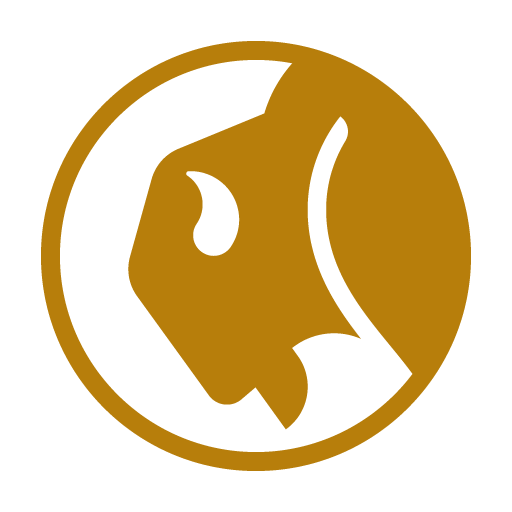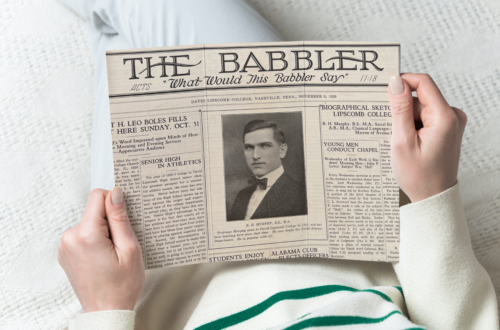Hallowe’en
Republished from The Babbler, Vol. 11, No. 1, Oct. 31, 1930.
All Hollow’s Eve, the name given to the 31st of October as the vigil of Hallowmas or All Saints Day. Though now known as little else but the eve of the Christian festival. Halloween and its formerly attendant ceremonies long antedate Christianity.
The two chief characteristics of the ancient Halloween were the lighting of bonfires and the belief that of all the nights of the year this is the one which ghosts and witches are most likely to wander abroad. It is a Druidic belief that on the eve of this festival Saman, Lord of Death, called together the wicked souls that within the past twelve months had been condemned to inhabit the bodies of animals. Thus it is clear that the’ main celebrations of Halloween were purely Druidic. Some of these ceremonies grafted some of the characteristics of the Roman festival in honor of Pomona, held about the 1st of November, in which nuts and apples, as representing the winter store of fruits, played an important part. Thus the roasting of nuts and the sport known as “apple ducking.” Sometimes these were ceremonies of a more superstitious nature, as, for example, charms to discover who should be the husband or wife of the persons inquiring.
Literary Staff
Editor in Chief: J.C. Murphy
Assistant Editor: Constance Renfro
Business Manager: Joe Cooke Van Dyke
Religious Editor: Robert Farish
Athletic Editor: Bennette Bedford
Feature Editor: Lorene Clark
News Editor: Maurice Ferguson
Social Editor: Nell Grandstaff
Day Student Editor: William Stanton
Exchange Editor: Clyde E. Fulmer
Joke Editors: Sue Williams, Bradford Shelton
Faculty Advisor: R.P. Cuff





